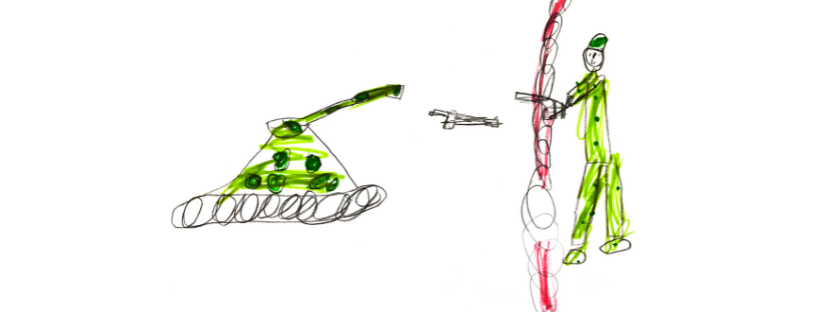.png)
I wish childhood was only about play, happiness, laughter, and carefree life. The reality is that we are all living in a time of increased stress and unfortunately children are not immune to the impact. Also, incidents such as bullying, illness, or a change may cause stress.
As Sandra Mills, a pediatric psychologist states, children are remarkable “noticers.” Children might be parroting back something you may have said, thinking they didn’t catch it? Sometimes they mention a topic you thought they didn’t know anything about? Children pick up on new words and phrases quickly. Even more so, they absorb feelings going on around them. And today, there are a whole lot of feelings going on. Children notice when their educators, parents, or friends are stressed and may react to others' emotional states.
However, children do not always have the emotional intelligence or vocabulary to express themselves. They also lack an understanding of what is truly happening. To them, it just feels different, uncomfortable, unpredictable, and downright scary. The best we can do is to support, listen and observe children closely.
What are the signs of stress in children?
Stress in children can show as changes in their typical behavior. Common changes can include:
- The child shows regression with some skills
- Child is moody
- The child withdraws from activities he/she liked before
- Child expresses worry
- Child complains often
- Child cries
- The child is fearful, scared
- The child wants a lot of hugs and wants to stay close
- The child eats less or a lot more than usually
- Child's sleeping habits change or falling asleep is difficult
Finding ways to get stress out of their systems will help children feel better. Everyone has their own individual ways to reduce stress. Here are some ideas, try and see which ones work for your child:
10 ways to reduce stress and relax with children
Exercise. Regular exercise is one of the best ways to manage stress. Try for example walking, cycling, kick boarding, playing outdoors, dancing, trampoline jumping, hiking in the forest, football or other group sports, swimming, skating, or climbing.
Follow the basic daily routine. It helps children to feel safe and sound if the everyday routines and schedules stay the same. If children get enough time to rest and sleep, have possibilities to free play, spend time outdoors and eat regularly - the basics are in order!
.png)

.png)
.png)
